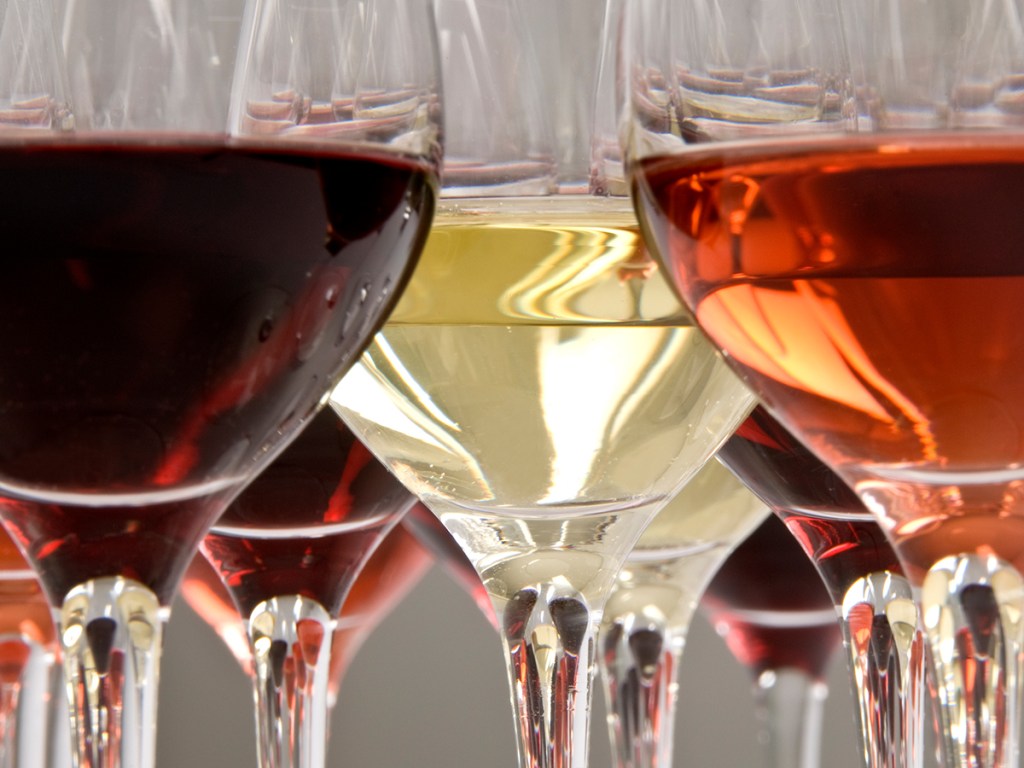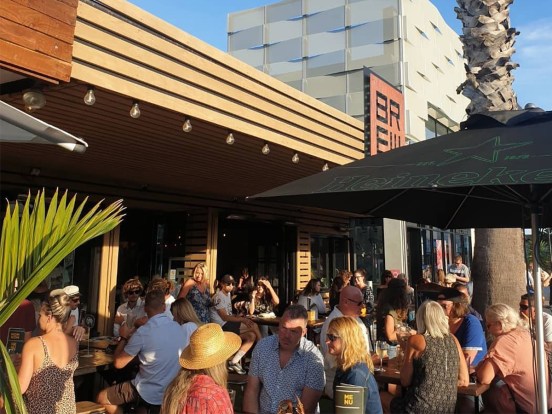Global liquor analysts, IWSR, assesses the performance and outlook for the global wine market in 2024.
1: Structural declines persist
According to IWSR, wine is facing a long-term structural decline, particularly in traditional markets, which is overshadowing the opportunities offered in some parts of the world, and particularly Asia Pacific.
This dynamic continued in the first half of 2023, with still wine volumes in the key 20 markets falling by -4%, and sparkling rising by +1% vs H1 2022.
Major wine markets such as France and Italy have been in structural decline for decades, while the US, the world’s most valuable market for wine, appears to be in an extended downcycle.
Nonetheless, IWSR says opportunities continue for sparkling wine – expected to register a volume CAGR of +1% between 2022 and 2027 across the 20 key markets, versus a -1% CAGR decline for still wine over the same timescale – with the ‘other sparkling’ segment increasing volumes in 14 out of the top 20 markets between H1 2019 and 2023.
While each market has its own local factors, some of the common causes behind wine’s volume erosion are becoming clear from IWSR’s consumer usage data.
This indicates a perfect storm of declining alcohol consumption generally as moderation behaviours move into the mainstream, reducing overall participation rates in wine in some markets, especially among younger LDA+ consumers, and growing competition at social and non-food occasions from other beverage alcohol categories, such as RTDs.
2: Recruitment challenges
The wine category is becoming increasingly reliant on older drinkers, thanks to a number of factors, including ageing populations in regions such as Europe and North Asia, and a challenge recruiting younger LDA consumers in certain markets, says IWSR.
LDA Gen Z consumers are not being recruited into wine at anything like the rate that they were 10-15 years ago.
Today’s LDA Gen Z consumers tend to be light users of alcohol generally – compared to preceding generations at the same age – and they are increasingly exploring other, non-traditional segments such as RTDs, cocktails and craft beer.
Where Millennials are being successfully recruited in some markets, such as in the US, they are typically lighter users who are more discovery-oriented (and therefore more driven by short run trends and not as loyal over the long run to brands or specific origins).
They are, however, easier to trade up through price tiers if they are offered clear laddering options and premium cues.
3: Category engagement and knowledge
The younger consumers who are recruited into wine, are increasingly confident about and engaged with wine than previous generations – and more adventurous in terms of exploring the category, according to IWSR.
Gen Z and Millennials (LDA to age 42) are significantly more open to discovering new products compared with those over the age of 55.
This has always been the case – younger people are generally more experimental – but IWSR’s long-term tracking data shows that younger LDA cohorts are now a lot more confident about wine than the same age groups in 2010.
However this same data shows a much-expanded typical beverage repertoire of those aged from legal drinking age to 42, indicating that wine is having to compete among a more crowded field.
There are a few reasons as to why confidence may be up while knowledge is down among wine drinkers.
The use of smartphones reduces the need to remember a lot of detailed information, while country and region of origin appear to be less relevant to newer LDA+ wine drinkers.
There’s also a greater reliance on and trust in retailers and on-premise operators to curate interesting products for consumers – in other words, to do the thinking for them.
4: The less but better dynamic
Driven by younger regular drinkers of legal drinking age, premiumisation in wine is continuing, but showing signs of slowing, with Champagne and premium-plus sparkling and still wine in volume decline in the first half of 2023.
The standard-and-below wine market, however, is declining faster, which means that overall premium-and-above wine continues to gain share.
This softening of the ‘less but better’ trend is caused by a number of factors, including ageing populations reducing the proportion of younger drinkers (key drivers of premiumisation); younger consumers seeing their spending power impacted by the cost of living crisis in 2022-23; and the fact that younger people tend to be less frequent wine consumers.
5: Low-alcohol dominates
Wine dominates the low-alcohol space, expanding strongly off a small base to record volume consumption growth of +8% in 2023 across 10 key markets, with growth primarily driven by the US.
Innovation in low-alcohol wine in the US is increasingly focusing on better-for-you wine attributes, such as fewer calories, reduced carbs, lower alcohol content, and, in many cases, zero residual sugar.
No-alcohol wine volume consumption is also growing (+7% in 2023, T10 markets), but this much smaller segment is struggling to attract consumers due to negative perceptions around quality and taste, and lower levels of availability in some markets.
The lack of a credible no-alcohol wine offering is causing some consumers to migrate into other no/low categories, such as beer and RTDs.
6: Ecommerce growth – but share eroded
Wine is continuing to grow in ecommerce, but at a slower pace – and the less mature spirits, beer and RTD categories are beginning to increase their channel share, says IWSR.
Across key markets, wine accounted for 38% of total beverage alcohol (TBA) ecommerce by value in 2020, but that figure fell to 33% in 2022, and is expected to decline further to 28% by 2027.
Wine’s relative maturity in ecommerce is reflected in IWSR growth expectations, with a forecast value CAGR of +1% between 2022 and 2027, versus CAGR forecasts of +8% for beer and +5% for spirits (including national spirits).
The accelerated growth seen for wine in ecommerce during the pandemic is ebbing away as the world returns to normal. Still wine, as the most mature category, suffered the largest value drop.
Nonetheless, brand owners should continue to invest in the channel as it is expected to gain share of the total off-trade in the long term. This investment will also allow them to enjoy a more seamless engagement with digital-savvy consumers.
7: The climate challenge
Climate change continues to impact wine production, with rising temperatures and a greater incidence of extreme weather events – including frost, hail and forest fires – affecting harvest times, crop sizes and grape quality. It is also making it more difficult to respond to the growing trend towards softer, lighter wines.
This is prompting the increased adoption of sustainable practices and cultivation techniques, including organics, biodynamics and regenerative viticulture, as well adaptive changes such as the planting of alternative grape varieties and the exploration of cooler, high-altitude or coastal regions.
Meanwhile, sustainability is an increasingly high priority for consumers, with two-thirds of regular wine drinkers in the biggest markets describing it as important to them – and as high as 70% of regular wine drinkers in the US, and 94% in China.
There is increasingly more evidence of premium brands joining the alternative packaging trend. Many wine producers in the premium price tier have begun to offer their wines in larger packaging formats, including Tetra Pak and bag-in-box, and even PET wine bottles.
How to catch up with The Shout NZ…
Online, updated daily with its own unique content and breaking news.
Our weekly newsletter – free to your inbox! Subscribe here.
We are also on Facebook and Instagram!




